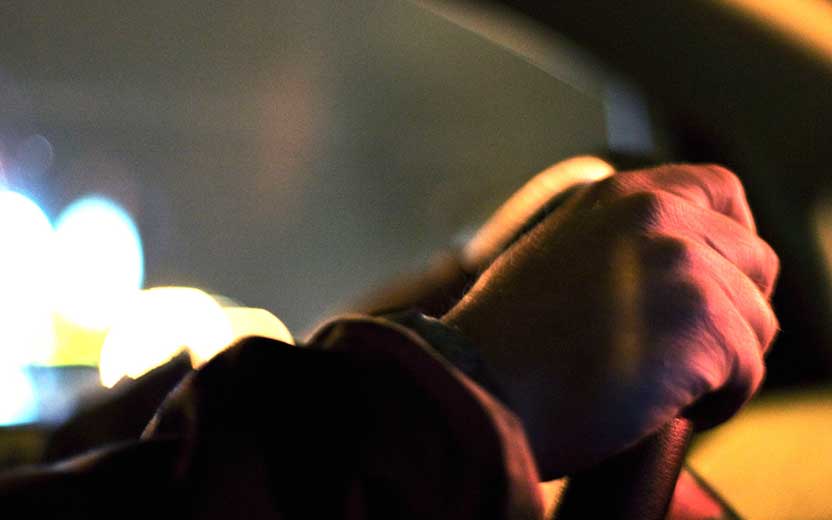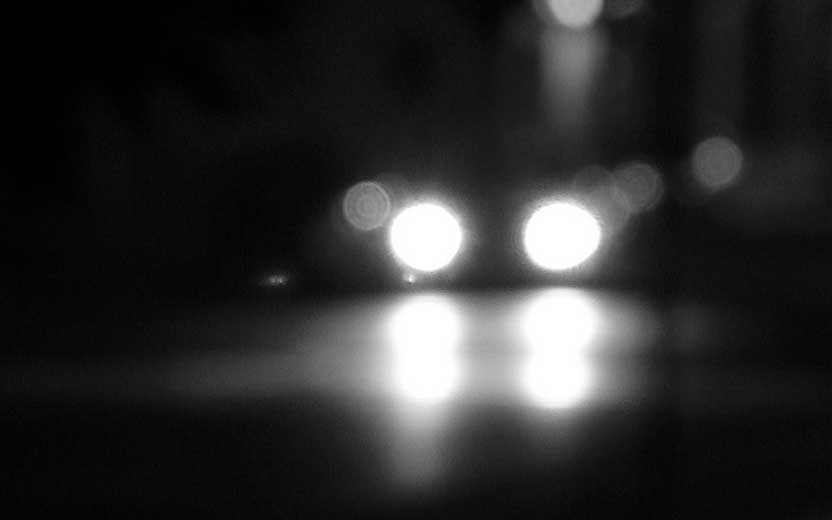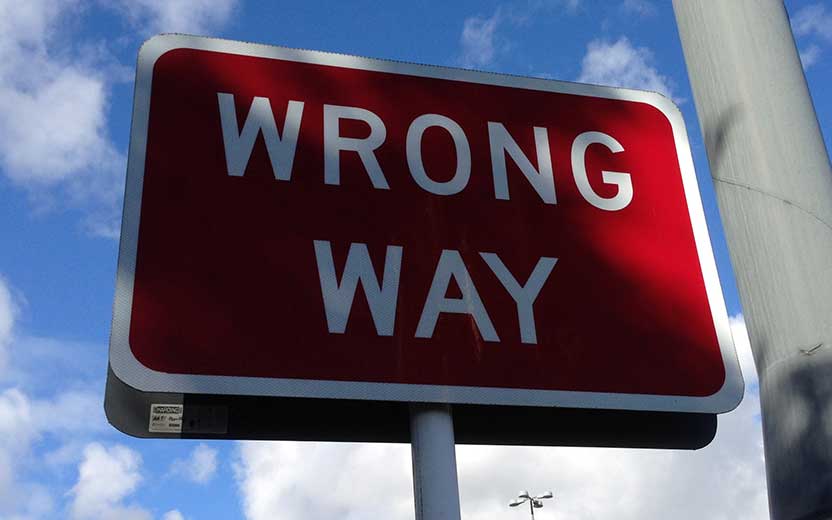By Marcus Fernandez
We’ve all done it. One minute you’re walking along, then – bam! – you slip or trip and find yourself on the floor. Slip and fall accidents have a self-explanatory name, but they often result in a more complicated legal case than one would expect. If you’ve been injured on another person’s property or own property on which someone was injured, it’s important to understand what constitutes negligence and who may be held legally responsible.
What is a Slip and Fall case?
Let’s begin with the terminology. “Slip and fall” accidents may be classed as a step and fall, a trip and fall, a slip and fall, or a stump and fall. Regardless of how the accident occurs, these cases typically fall under the broader category of cases known as “premises liability” claims because they usually happen on a property (or premises) maintained or owned by someone else. When determining fault or negligence in a premises liability claim, the court will examine both the liability of the property owner and your own potential carelessness too.
If you are the property owner
Property owners should consider risk factors like poor lighting, cracked or damaged flooring, torn carpeting, or wet floors, and address any issues as soon as possible. A property owner can be held accountable for slip and fall accidents if they know of a potential hazard and takes no measures to correct it. Similarly, you (the customer) must remain aware of your surroundings and avoid hazards to the best of your ability. So how do courts determine fault? Most of the time, a person injured in a slip and fall on someone else’s property must prove that the owner knew of a “dangerous condition” that caused the accident. In this case, a dangerous condition is defined as an unreasonable risk to a person on the property, and something that could not have been anticipated under the circumstances.
For example, let’s say liquid spills on the floor at the grocery store and, after some time, no one notices or cleans it up. If a person were to slip in the liquid and be injured, it’s likely the court could argue that the store was negligent in failing to clean up the spill and prevent an injury. That spilled liquid would be a dangerous condition that the customer could not have anticipated.
Often, negligence claims hinge on whether the property owner acted reasonably. Using the example above, that would mean the owner made regular efforts to check the aisles and keep them safe and clean.
If you are injured in a slip and fall
Conversely, in almost every slip and fall accident case, you must decide whether your carelessness contributed to the accident as well. Some injuries are simply accidents and nothing more. It sounds obvious, but if you are texting and walking and trip and fall, the owner won’t be found at fault — no matter how serious the injury.
Essentially, when determining liability, think of three main points:
- Did the owner cause the spill or ignore a dangerous surface?
- Was the owner aware of a dangerous condition and did nothing to fix it?
- Were you (the customer) being careful and vigilant?
This is by no means an exhaustive list, but the answers should help you determine the proper course of action. If you’re a property owner or injured party involved in a slip and fall incident, speak with an attorney to discuss the possible options available to you. And remember, accidents happen, but carefulness and vigilance go a long way towards prevention. Be careful out there!


